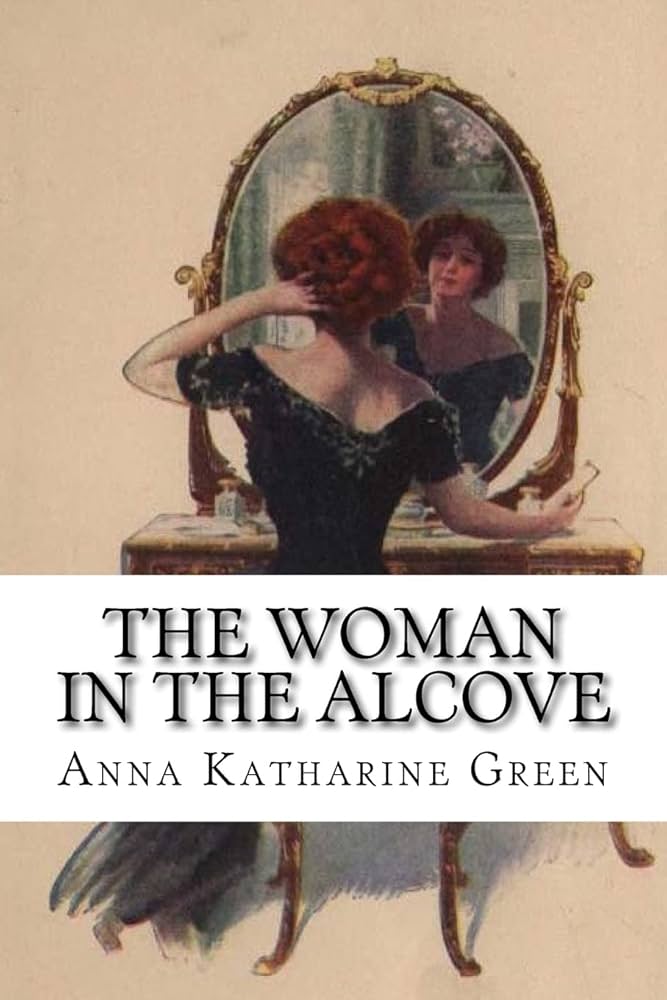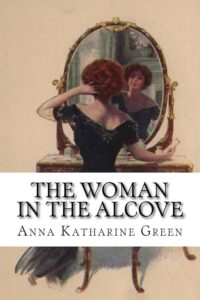Chapter IV — The woman in the Alcove
byChapter IV – The woman in the Alcove opens with an emotionally jarring encounter as the protagonist sees Anson Durand under circumstances that cast a long shadow over his character. What she observes shakes her trust and forces her to re-evaluate everything she believed about his integrity. As Durand is confronted, he doesn’t retreat in fear or shame but instead launches into a detailed explanation that rewrites the narrative around his presence at the fateful ball. According to him, his involvement had nothing to do with social pleasure. Rather, it stemmed from a commission to find a diamond unlike any in New York. That search led him directly to Mrs. Fairbrother, whose legendary gem became the centerpiece of his professional mission. His visits to her alcove were not casual—each held a purpose, though the results were tragically unexpected.
In recounting the events, Durand emphasizes the misunderstanding surrounding his actions. He clarifies that he never succeeded in laying eyes on the diamond and that Mrs. Fairbrother remained elusive despite his efforts. What complicates matters is a pair of gloves—left in his possession by accident during one of his visits. When he returned to rectify the situation, he stumbled upon a horrifying scene. In a moment of chaos and panic, his attempt to retreat led to a brush with a sharp object, leaving a telltale bloodstain on his shirt. He insists this was how he became inadvertently entangled in the murder. His version of events doesn’t remove suspicion but introduces doubt and nuance into an otherwise damning series of clues.
As Durand speaks, a layer of desperation coats every word, not just to save his reputation but to convince someone who once believed in him. He tries to draw a clear distinction between guilt and poor judgment. What he hopes to highlight is that missteps are not the same as malice. The gloves were never planted, and the blood wasn’t earned by violence—it was picked up in the frantic moments following the discovery of death. He questions why Mrs. Fairbrother would entrust a stranger with something so valuable if danger had been imminent. These inconsistencies serve as the cornerstone of his plea. While his story doesn’t absolve him entirely, it opens up a new direction of inquiry. Someone else may have seen opportunity in that confusion, hiding a darker truth in plain sight.
The protagonist listens, torn between emotional recoil and intellectual curiosity. Her inner turmoil mirrors the broader moral dilemma posed by Durand’s confession. In a world where appearances often overshadow intentions, how much can one rely on testimony, especially when the stakes are so personal? Even as she reflects on his detailed account, her instincts struggle to draw a firm line between truth and deception. The strength of Durand’s appeal lies not only in what he says, but in how he reveals the vulnerabilities of a man who may be innocent yet painfully aware of how damning the circumstances appear. For every detail he presents, there lingers a counterpoint waiting to unravel the narrative, reminding the listener that every truth comes with the weight of interpretation.
Beyond the emotional entanglement, this chapter casts a critical eye on how easily public perception can shift in high-society scandals. A man of Durand’s background, associated with wealth and mystery, is a perfect target for suspicion. His demeanor—polished, confident, and reserved—feeds into stereotypes about the manipulative elite. This makes his story both compelling and dangerous. The protagonist’s choice to listen rather than judge immediately places her on a path that could either uncover justice or deepen her involvement in a web of lies. The complexity of Durand’s explanation doesn’t resolve the mystery—it magnifies it. If anything, it signals that beneath the glamour of the ballroom and the shimmer of diamonds, the truth remains murky, shaped as much by perception as by fact.


